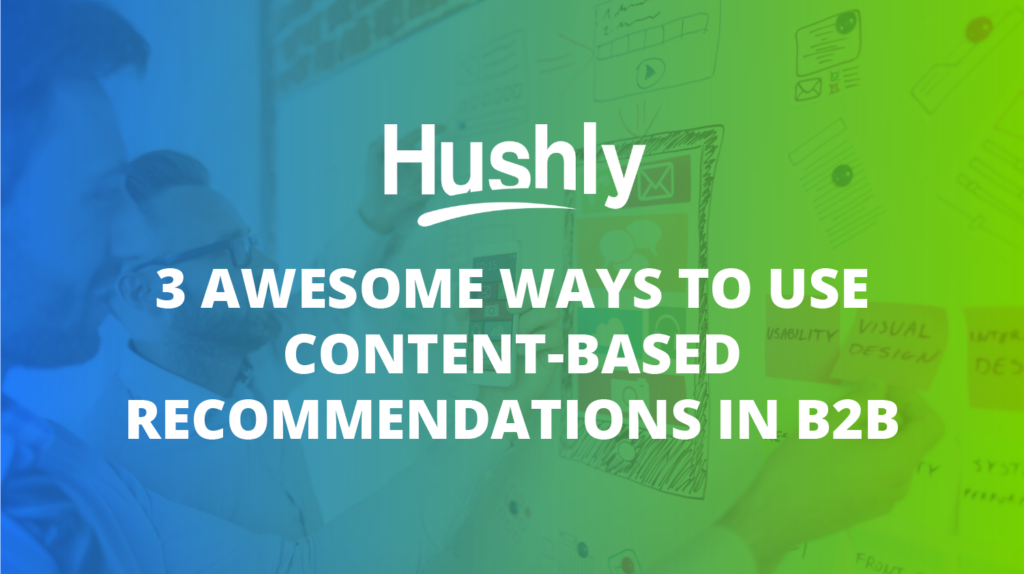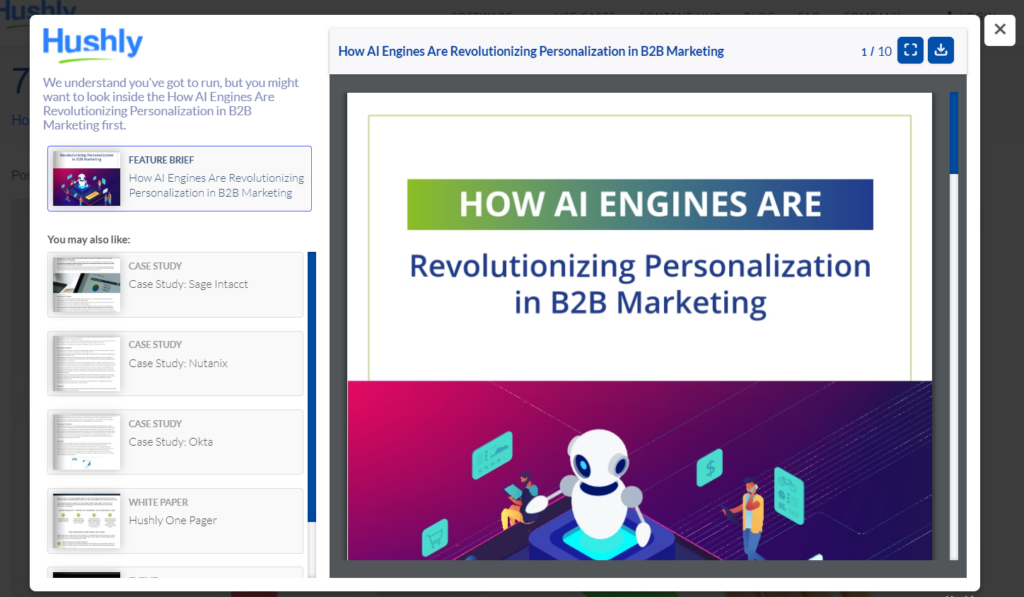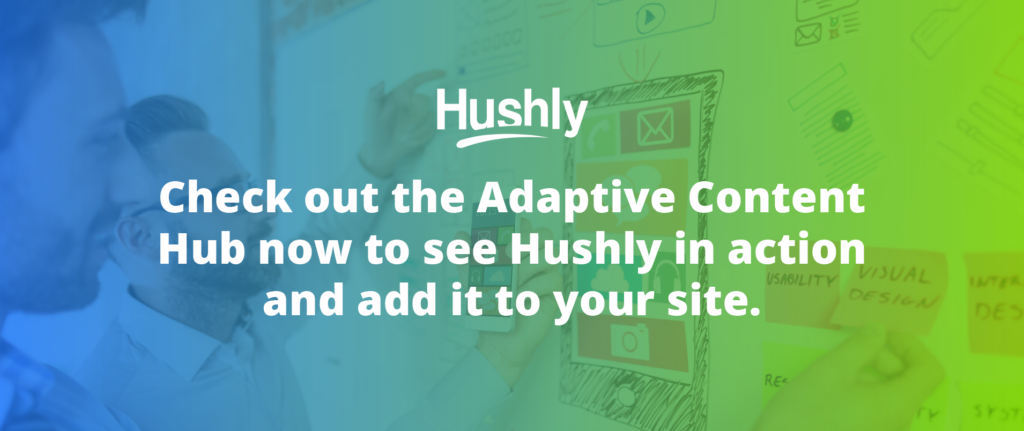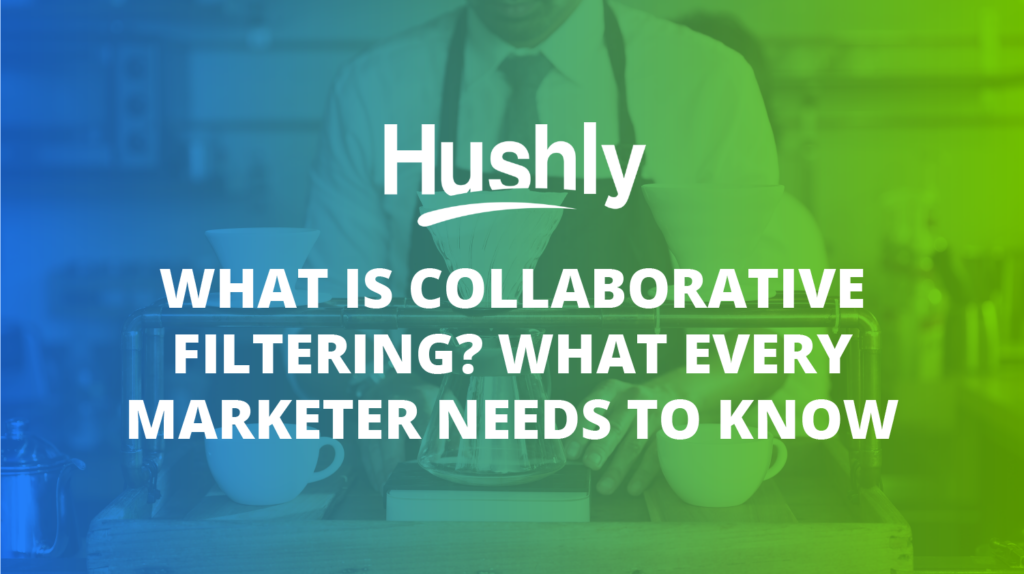Filters
Content Type
Topic
3 Awesome Ways to Use Content-Based Recommendations in B2B

Content-based recommendations are everywhere we turn online.
Businesses need to consider that 59% of all B2B buyers are millennials. Now, millennials aren’t exactly the youngest in the game anymore. Many of them are pushing 40 this year.
However, it is important to remember that they’ve had personalized experiences everywhere they go online for several years.
They expect a personalized experience from your B2B site as well. The good news, however, is that millennial buyers are loyal when they find companies trustworthy: 96% told Salesforce they reward companies with their loyalty.
Using machine learning recommendations can help you create the digital experience they expect so you can build trust while improving your lead generation and conversion strategies as well.

How Do Content-Based Recommendations Work?
Different algorithms use machine learning to learn about human behavior and make personalized content recommendations. You’ve seen content-based recommendations in action on platforms like
- Netflix: Records what you watch to completion, what others with similar tastes watched, and offers personalized suggestions.
- Amazon: Follows what you bought, what customers with similar buying histories bought, and provides unique product recommendations.
- Spotify: Offers personalized music recommendations based on your listening history and users with similar tastes.
- Pandora: Uses qualities in the music to determine what kind of content you might like.
Pandora and Spotify use two totally different types of content-based recommendations. Spotify compares your behavior to similar users. Meanwhile, Pandora analyzes the music itself.
Most content-based recommendation systems use several algorithms to provide personalized suggestions – not just one!
- Collaborative filtering: Collaborative filtering uses the idea that people who agreed in the past will agree in the future. It’s like when you ask your friend with similar music tastes for a recommendation. Using behavior from other website visitors and a current visitor, the algorithm provides unique recommendations for the visitor.
- Content-based filtering: These algorithms scan content metadata and copy while analyzing a visitor’s behavior to determine what they might like to consume next.
- Popularity assets model: This straightforward algorithm identifies the most popular pieces of content over a period of time.
- Trending assets model: Differing from popularity, the trending model looks for surges in traffic and suggest these up-and-comers to visitors.
- Important assets model: An algorithm monitors how many categories a piece of content belongs to, how many times someone consumed it, how long people stayed on the page, and other factors to determine its importance.
Keep in mind that some content-based recommendations allow users to input their own preferences as well. For example, when you sign up for an email list or app, it might ask for your topic preferences, gender, or age to make proper recommendations.
3 Ways to Use Content-Based Recommendations in B2B Marketing
You can easily add content-based recommendation systems to your B2B website to create an awesome experience for visitors and drive lead conversions. Here are a few options.
1. Adaptive Content Hubs
Let’s say you click on a blog post from LinkedIn. You finish reading it and want to read more content – what do you do?
Chances are, you either:
- Hit the back button and return to LinkedIn
- Click over to the website homepage
- Browse different blog categories to find topics that interest you
An Adaptive Content Hub uses machine learning recommendations to take the burden of choice off web visitors. Instead of forcing them to sift through your blog categories and recent posts to find something interesting, an Adaptive Content Hub organizes everything based on categories and uses machine learning to offer personalized recommendations based on behavior.
Recent research shows that the average B2B consumes 13 pieces of content before making a decision, with the buying process taking about two weeks.
Keep in mind that different people prefer varying types of content. Some prefer video, others like blog posts, and some like podcasts. An Adaptive Content Hub helps them find the most relevant pieces of content based on their preferences and behavior.
2. Personalized Exit-Intent Popups
More B2Bs are browsing your website from smartphones than you think (or would be if it was more mobile-friendly).
Think with Google estimates that 70% of all B2B searches take place on mobile devices. Buyers spend between two and three hours researching from their phones every day.
It’s important to create an entirely mobile-friendly experience for them.
There’s nothing less mobile-friendly than a form. The last time anyone wants to fill out a form is when they’re trying to navigate away from your website.
Exit-intent popups can be effective tools for preventing bounces – but not forms.
Instead, you can use content-based recommendation tools to offer your visitors MORE personalized content based on their browsing behavior and prevent them from leaving your site.

Source: Hushly
3. Self-Nurturing Landing Pages
When visitors reach the end of your landing pages, what happens?
They either convert or drop off, right? Considering that over 90% of visitors will never convert into leads, isn’t it time we rethink landing page design?
Self-nurturing landing pages give your readers personalized content recommendations when they get to the bottom of your articles instead of leaving the conversation up to chance.
You might already use “read more” internal links to personalize your content a bit by hand. However, an algorithm can take care of this faster and more effectively than humans because it uses machine learning and behavior.
Using this type of software on your page can increase your lead conversions by 51% because it helps them nurture as they browse.
Use Content Recommendations and Watch Leads Surge
Hushly makes it easy to add personalized content recommendations to your website using the power of machine learning technology. Make dead-end landing pages a thing of the past with content bingeing features and hyper-relevant content for every visitor – whether known or anonymous browsers.
Plus, the Hushly AI engine works with data you’re already collecting in real-time. You only pay for genuine leads – not using the platform or fake leads (because Hushly prevents those too).
The post 3 Awesome Ways to Use Content-Based Recommendations in B2B appeared first on Hushly.



